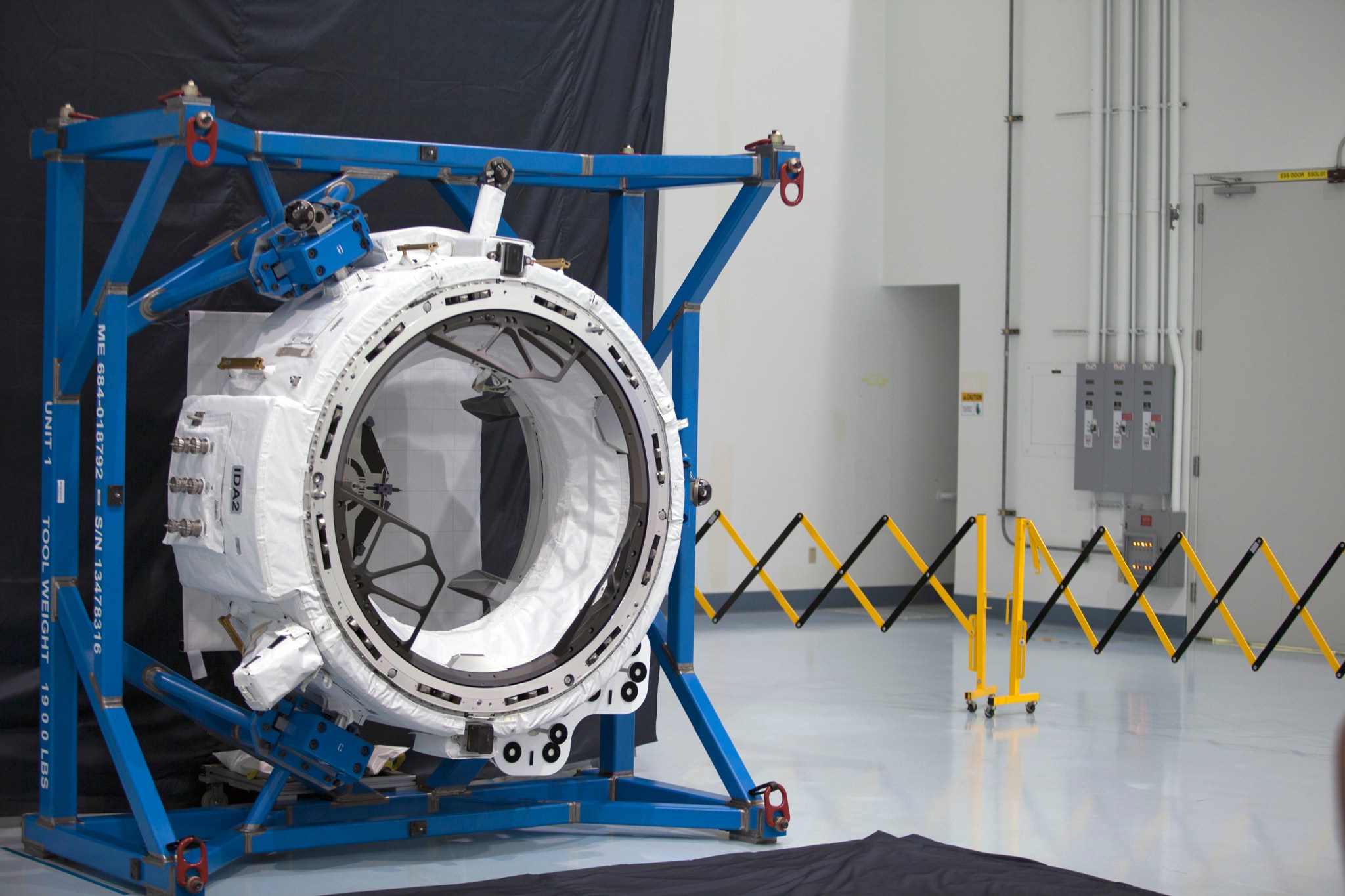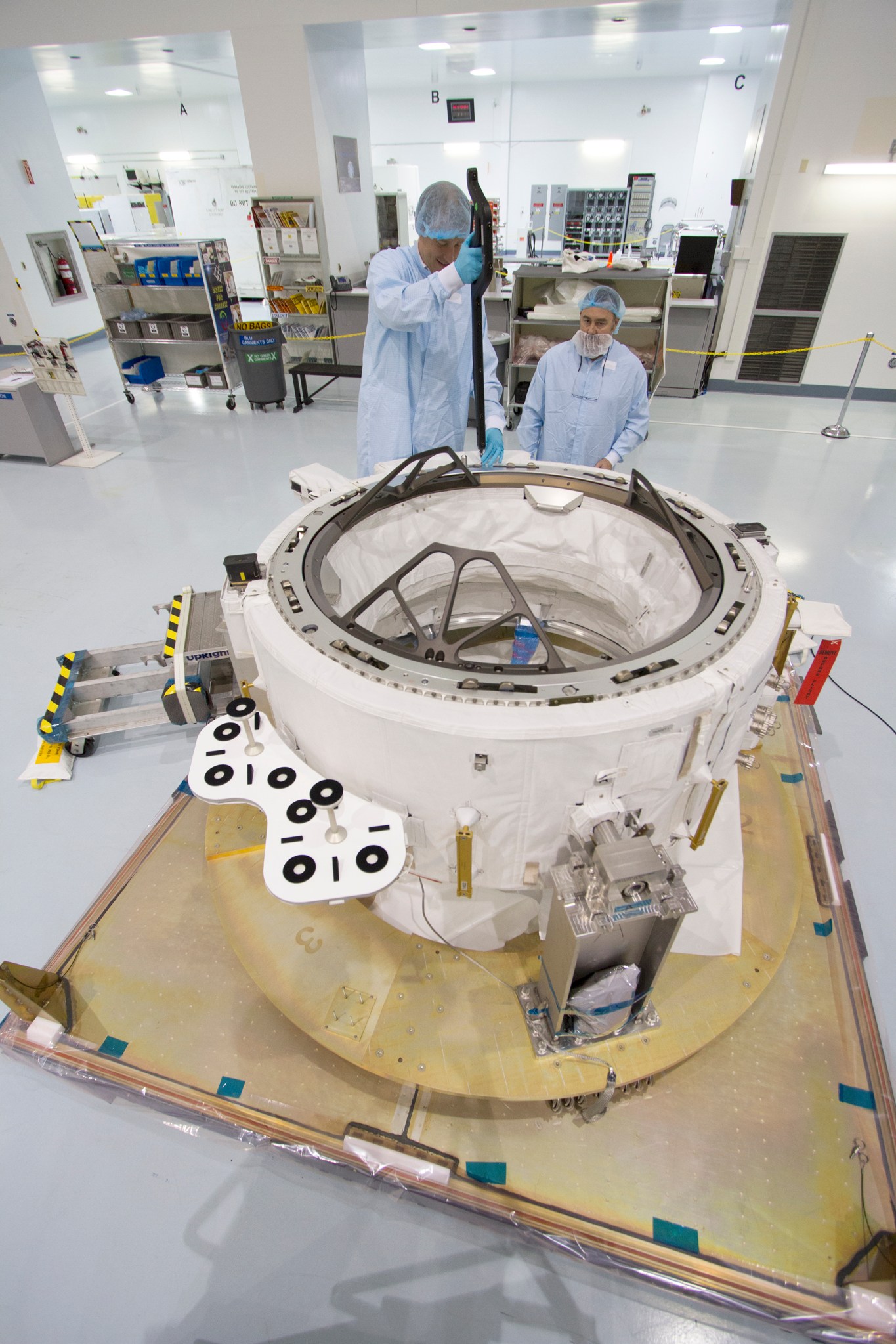
Two International Docking Adapters (IDA) will be the physical connecting point for spacecraft, but for NASA it will be a metaphorical gateway to a future in which crews go to the station aboard America’s first new, human-rated spacecraft since the space shuttle.
The adapters are built to the International Docking System Standard, which features built-in systems for automated docking and uniform measurements. That means any destination or any spacecraft can use the adapters in the future – from the new commercial spacecraft to other international spacecraft yet to be designed. The adapters also include fittings so power and data can be transferred from the station to the visiting spacecraft. The work by private companies to take on low-Earth orbit missions is expected to free up NASA’s resources for future missions into deep space with astronauts in the Orion crew capsule launching on the Space Launch System Rocket to prepare for future journeys to Mars.
Boeing’s CST-100 Starliner and SpaceX’s Crew Dragon spacecraft will dock at the adapters in the near future when bringing astronauts to the station as part of NASA’s Commercial Crew Program.
An IDA will be placed on each of the station’s two open Pressurized Mating Adapters (PMA), both of which will be connected to Harmony module. When each IDA arrives, the station’s robotic arm would remove it from Dragon’s trunk and move it to about 30 cm (1 ft) from the front of the PMA. Astronauts during an extravehicular activity would then attach tethers to the IDA and manually connect it to the PMA. The first spacewalks to prepare the station for the addition of the new adapters took place in early 2015.
It took international and national teams working together to construct the IDAs. Built by Boeing, parts from companies in 25 states were assembled to make the adapters, which measure about 42-inches tall and about 63-inches wide each. The Russian company RSC-Energia made the primary structures of the IDAs. Docking targets, laser retro-reflectors and related systems are arrayed around the outer perimeters to give them an outer diameter of about 94 inches.
The systems and targets for the IDA are much more sophisticated than previous docking systems and include lasers and sensors that allow the station and spacecraft to talk to each other digitally to share distance cues and enable automatic alignment and connection.

























